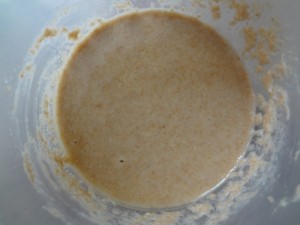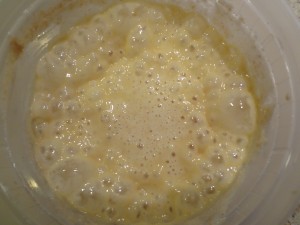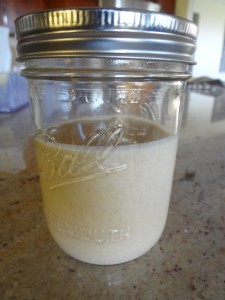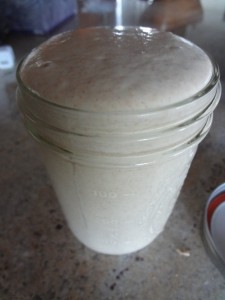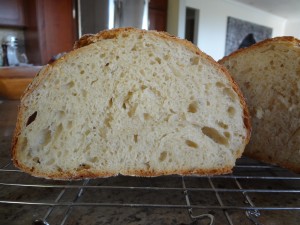Dec 24 2012
Le Réveillon
Christmas dinner in France is generally Christmas Eve dinner, aka le réveillon* de Noël. People gather for the holiday feast on the 24th, and typically eat rather late (a 10 or 11 p.m. start time is fairly standard). Children eagerly await the arrival of le Père Noël (Father Christmas) at midnight. This might happen while the family is at church for midnight mass, as is customary for some, or it might happen (miraculously) while they are not watching and enjoying dessert. Either way, le Père Noël shows up and leaves before you’ve had a chance to catch a glimpse of him, the rascally old man.
I grew up in an apartment building in the town of Bagneux, about two-miles south of the Porte d’Orléans, one of the main entry points to Paris. Our apartment was small, and to this day I marvel at how my parents managed to keep our presents stashed out of sight before the big day. It was, however, quite a bit harder to place the gifts under the Christmas tree at the right time, and so my parents and older sisters had a perfect system in place which worked for years: a few minutes before midnight, one of them would stand by the window and say something to the effect of just having heard sleigh bells, and that we should rush downstairs to the lobby to try and catch a glimpse of the man in red. Needless to say, we missed him every time, just by a few seconds, and by the time we came back upstairs, the gifts were under the tree, dropped off, it was said, by a big man in a hurry to deliver more presents to other children. He simply could not stay to say hi, not even for a couple of minutes. Père Noël, if you’re reading this: I’ll be waiting tonight with a bunch of guests, and maybe this time we can talk a bit, alright?
Tonight is the third réveillon in a row I will be hosting for friends and family. Somehow, there will be twenty of us at the table(s), somewhat more than in past years, which is both wonderful and mildly overwhelming. On the menu, few typically French touches, save for some smoked salmon canapés that I will serve as amuse-bouches along with some festive bubbles in a glass. In my family, it was customary to begin the meal with a course of raw oysters on the half-shell, followed by some foie gras with a glass of Sauternes; few of my American friends delight in such, however, and so I tend to cater to a more prudent – and vegetarian for some – palate. This year, the menu will include a turkey, a mushroom lasagna al forno (for the non meat-eaters), chestnut and apricot stuffing, some yet-to-be-decided-upon spinach, roasted tomatoes, braised cabbage and apples, gratin dauphinois (potatoes never had it this good) and for dessert, a blueberry trifle. No pictures to share yet, but I will report later on, I promise.
And so the cook-athon begins this morning in earnest (to be honest, I already did some prep work yesterday), and before I begin assembling, whipping, baking and slicing, let me wish all those who celebrate it a magical and merry Christmas, and more generally to all: may this holiday season brings you joy, peace, and delightful meals!
* The word is derived from the word “veille,” which means “eve”. The other French réveillon takes place on December 31: le réveillon du nouvel an.

![IMG_0225[1]](http://flexitarian.christinesusskind.com/wp-content/uploads/2012/11/IMG_02251-300x225.jpg)
